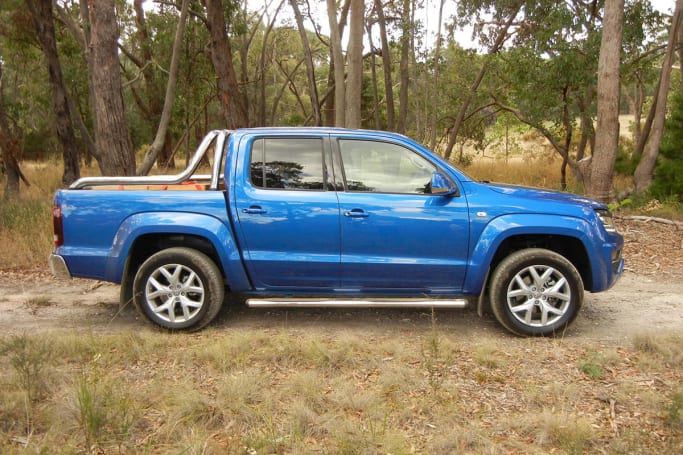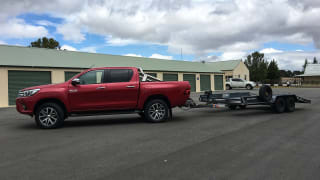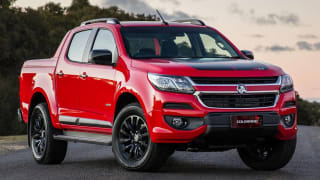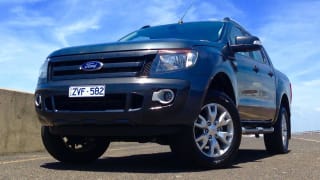The Amarok V6, like its four-cylinder siblings, rides on a 3095mm wheelbase, which is longer than HiLux but shorter than Ranger. Its 5254mm overall length is shorter than both rivals but its 1954mm width is substantially wider, resulting in a chunky, broad-shouldered stance.
Beneath the fully galvanised body is a robust ladder-frame chassis with twin A-arm independent front suspension, traditional leaf-spring live rear axle, four-wheel disc brakes and power-assisted rack and pinion steering. The Ultimate also gets a chromed rear bumper, side-steps and twin-tube sports bar plus 19 x 8-inch alloy wheels wrapped in 255/55 R19 general purpose tyres, with a full size alloy spare. A 20 x 8-inch wheel and tyre option is also available.
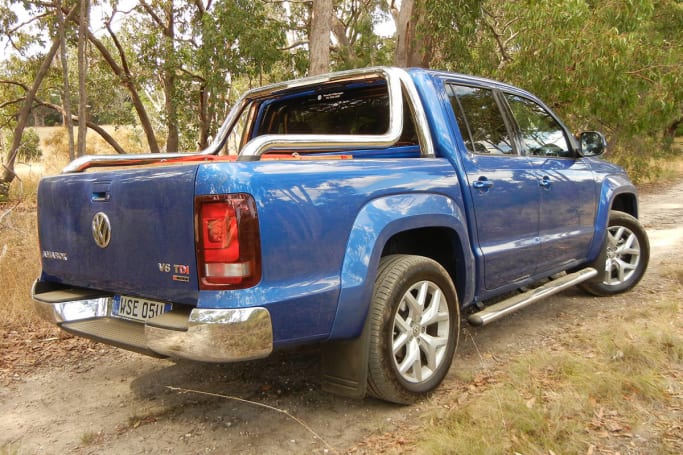
For off road use there's substantial underbody protection, 192mm of ground clearance, a 28-degree approach angle, 23.6 degree departure angle, 23 degree ramp-over angle and ramp and side-tilt angles of up to 45 degrees. The only downside is a comparatively shallow 500mm wading depth, with the air intake not so cleverly hidden behind the right headlight.
The Ultimate's cabin and dashboard layout have a premium look and feel with the luxurious scent of leather and a steering wheel with adjustable tilt and reach. Our only gripe is the excessive number of entry-level blanks on the console where you'd expect to see working switches in such a top-shelf model (if they're not in this car, where are they?). The new 'ErgoComfort' heated front seats offer 14-way electric adjustment of cushion height, angle and lumbar support, along with excellent lateral support. These seats really do set a new benchmark in ute comfort.
Rear passengers - particularly tall ones - don't enjoy the same luxuries, with tighter rear door access and limited knee and head room, along with a very upright seating position. However, the higher 'grandstand' seating does provide good forward vision for those in the back.
